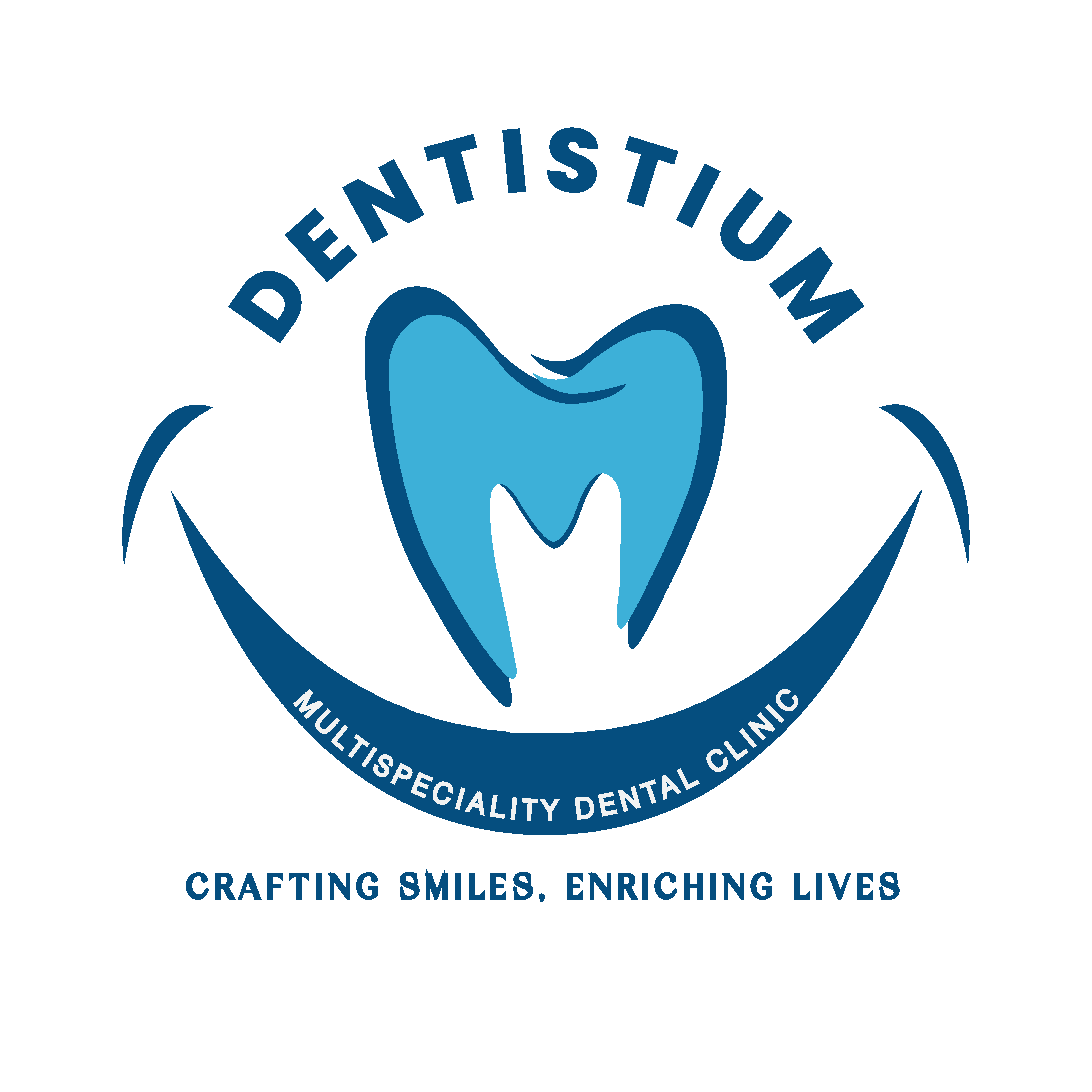Overcoming Dental Anxiety: Tips For a Stress-Free Visit
Overcoming Dental Anxiety: Tips for a Stress-Free Visit
Dental anxiety is a common fear that can make even routine check-ups feel daunting. However, with the right strategies, you can manage your anxiety and have a more positive experience at the dentist’s office.
Here are some tips to help you overcome dental anxiety:
- Talk to your dentist. Let them know you’re nervous.
- Find a dentist you trust. Ask friends or family for recommendations.
- Learn about the procedures. Knowing what to expect can help.
- Try relaxation techniques. Deep breathing and meditation can help.
- Bring a friend or family member. Having someone you trust with you can be comforting.
- Ask about sedation. There are options to help you relax during your appointment.
- Think positive. Remind yourself that regular dental check-ups are important for your health.
- Distract yourself. Bring a book, magazine, or headphones.
- Reward yourself. Treat yourself after your appointment.
Remember, it’s okay to be nervous. With the right strategies, you can have a more comfortable experience at the dentist’s office.
Here are some additional tips:
- Find a distraction: Bring a book, magazine, or headphones to listen to music.
- Focus on positive thoughts: Remind yourself that you are taking care of your oral health.
- Avoid caffeine and alcohol before your appointment: These can make you feel more anxious.
- Schedule your appointment for a time of day that you are least likely to be stressed.
- Be patient with yourself: It may take time to overcome dental anxiety.
Remember, you are not alone. Many people experience dental anxiety. With the right strategies, you can overcome your fear and have a positive dental experience.


